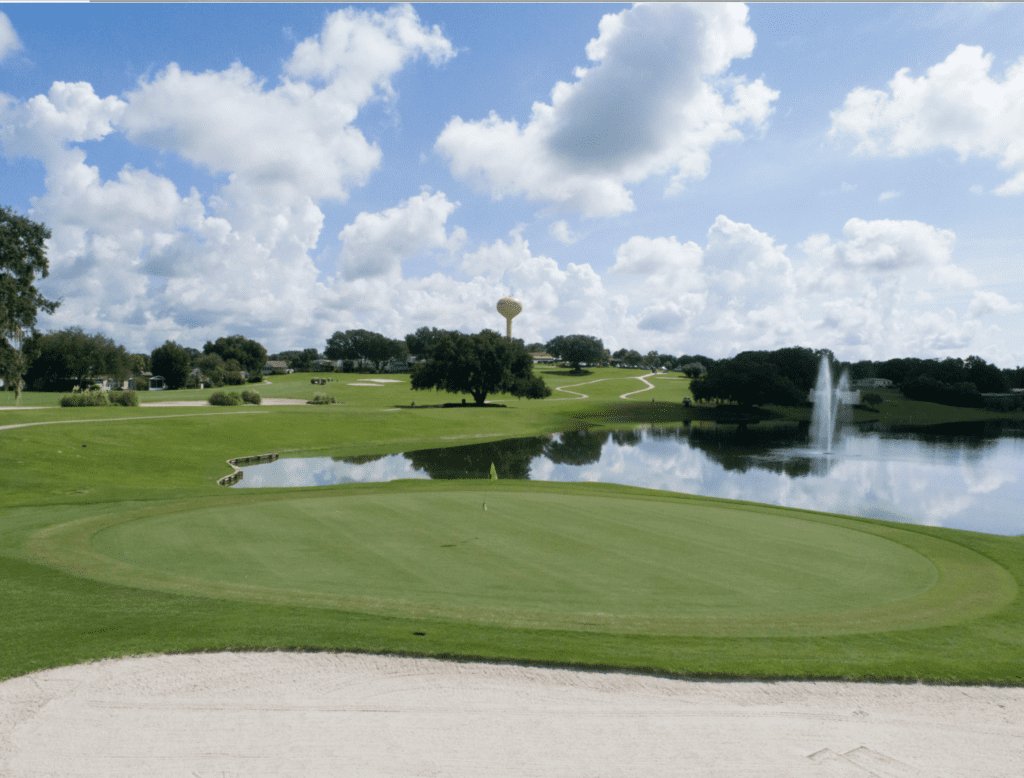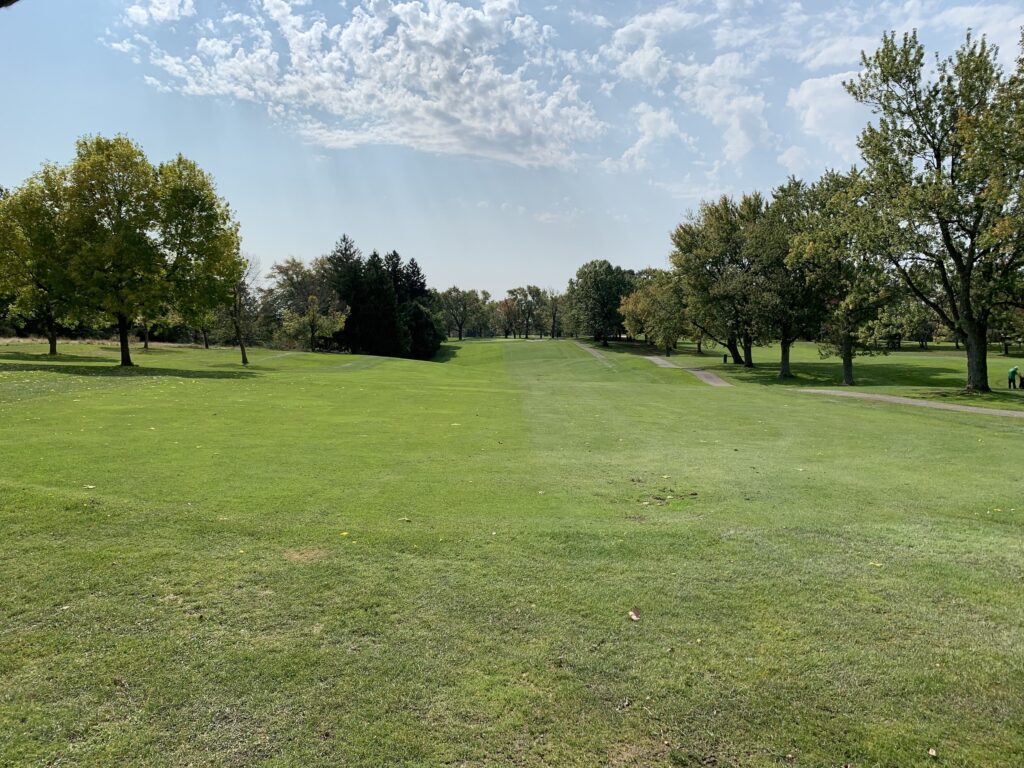
Death Valley, California, and Uummannaq, Greenland couldn’t be more different, with Uummannaq dropping all the way to -19 degrees Fahrenheit and Death Valley reaching a historic high at 134 degrees Fahrenheit. Despite the temperature difference, Death Valley and Uummannaq also have one other thing in common… golf courses!
Keeping a golf course in playing condition is no easy feat no matter where you are, but climate plays a surprisingly large role. While climate varies greatly from region to region, factors such as humidity, rainfall, dewpoint, and even ground temperature are factors every golf course has to consider.
Importance of Considering Weather
The general population may not know this, but golf course maintenance and management professionals are all too aware that turfgrass is vulnerable to a variety of fungi and diseases. Players and golf carts consistently wear away at grasses leaving them exposed to microorganisms and extreme weather. Cold or icy conditions can promote fungal growth, while extreme heat exposure similarly cultivates disease.
Turf Type and Climate
Every turfgrass species is different and specially adapted to certain environmental conditions. Depending on your local climate, you will want to make sure your turfgrass is compatible with your conditions or you’ll be fighting a losing battle.
Some turfgrass varieties, such as Kentucky Bluegrass or Meadowgrass, prefer cool and even cold weather. Others like Bermuda and Zoysiagrass are warm-season grasses that thrive in warm weather with heavy sun exposure. While some turf types can be tolerant of moderate temperature changes, for more extreme regions with tropical or subpolar conditions, only a handful of species will thrive.

How Weather Events Affects the Course and the Game?
While extreme weather conditions such as snowstorms, flash floods, or hurricanes can have terrible effects on the golf course, even typical weather conditions can cause serious damage. Rainstorms, wind chill, and changes in sunlight exposure can trigger your turf to respond in an attempt to protect itself. This can include entering dormancy, which is when the grass will enter a sleep-like state in order to conserve water and nutrients. When correcting or even preventing damage, golf maintenance and management professionals have to consider both the climate and their turfgrass’s natural responses to weather conditions in order to make educated decisions.
Hot and Humid
Consistently hot and humid climates bring its own slew of concerns for the golf course. The Southeastern United States, particularly Florida and the Carolinas, experience long rainy seasons and intensely hot summers. These conditions can lead to “Moisture Stress”, which occurs when the water level inside of a plant’s cells dips below a sustainable level. This leaves plant cells incapable of photosynthesizing, slowly starving the grass of nutrients.
The symptoms of moisture stress, such as wilting or dying blades, also increase the chance of fungal disease or insects attacking your turf. While “Moisture Stress” can be corrected quickly if caught, many fungal diseases can take up to a year to remedy.
Hot and Dry
While “Moisture Stress” is something that can affect both hot and cold weather grasses, the most pressing issue for hot/dry tolerant grasses is resilience. Turf species that have been bred to survive extreme heat have difficulty adapting to or recovering from the damage. For example, in places like Arizona, dry and hot weather combined with excessive traffic by players creates damage and browning which then needs to be remedied. However, many hot/dry turf types are slow to recover and even slower to grow from seed.
Cold and Frosty
Like the other climate zones, cold and frosty weather brings its own slew of challenges to the golf course. Colder seasons tend to mean less traffic on the course, but don’t expect to skip daily maintenance in these months. Cold weather courses have an increased responsibility to maintain turf health throughout the year in order to prepare the grasses for the hard winter. Once winter arrives, covering, insulating, and closely monitoring moisture levels, are all important daily tasks even for the hardiest of grasses. Golf courses in cold climate zones should also be sure to monitor daily weather changes and watch out for significant events like snowstorms.
Consider developing a comprehensive weather management plan which will enable you to prepare for any regular or severe weather condition properly. Ensure it includes deliberate strategies that’ll come in handy in mitigating the effects of the weather on the course.
Plan Ahead
Golf maintenance and management professionals who are qualified and experienced take every detail into consideration and stay prepared for anything. While course maintenance plans should always consider climate and seasons, it should always be coupled with a plan for extreme weather. While climate is consistent and predictable, weather can change at a moment’s notice.
Down To Earth Golf provides golf courses with the resources they need to thrive, no matter the season. Whether you are taking your team to the next level or starting from scratch, DTE Golf® makes a difference.
If you’re trying to make a difference at your golf course, reach out to a DTE Golf® professional today.
